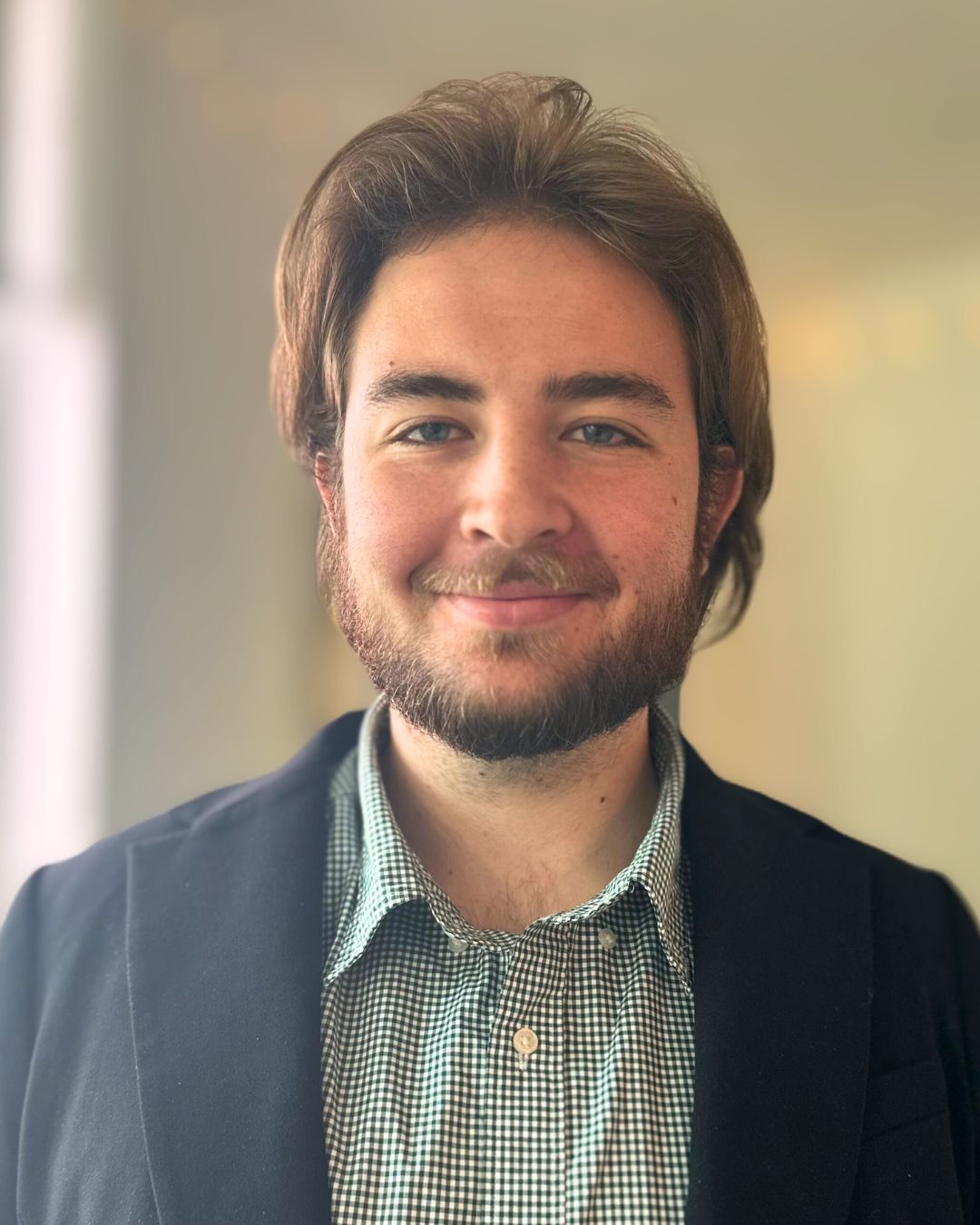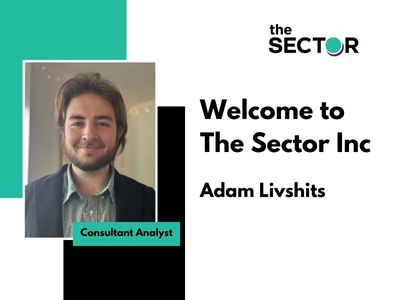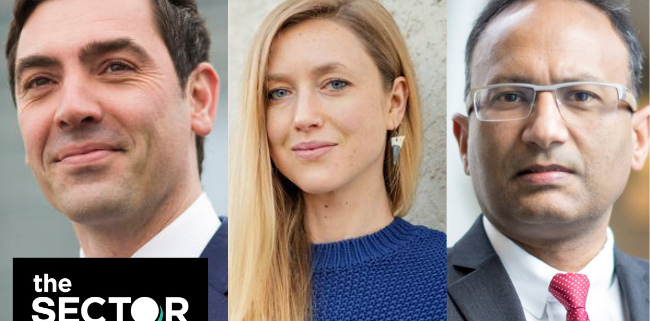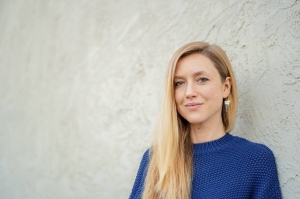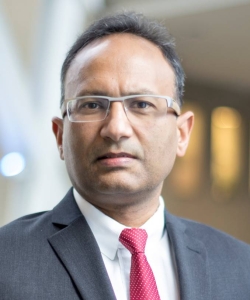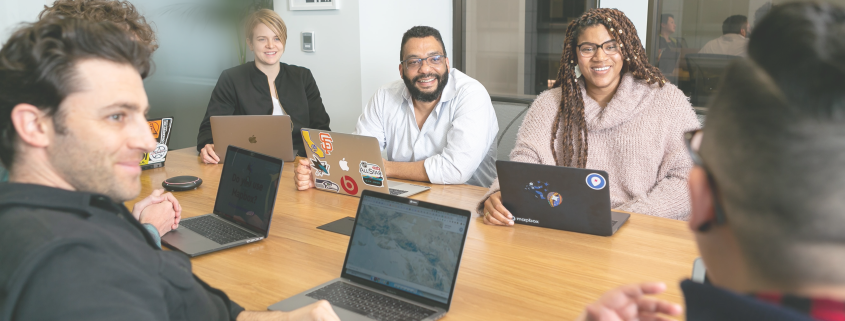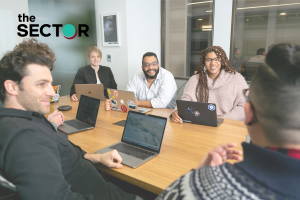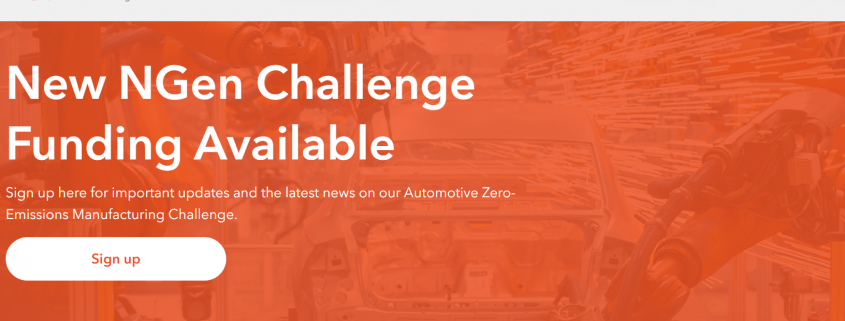
For charitable organizations to reach their potential, fulfill their social contract, and break free from their dependency on market scraps, outcomes-based-funding contracts must become normalized.
Establishing a Culture of Social Innovation
At the Sector, we encourage charitable organizations to develop a Culture of Social Innovation. By doing this we ensure the development of capabilities across all functional units to enable organizations to change societal systems by accessing new forms of capital and resources. Social innovation refers to the design and implementation of new solutions that imply conceptual, process, product, organizational, and systems, which ultimately aim to improve the welfare and well-being of individuals and communities. Social enterprise and social finance are approaches toward implementation. Your fundraising team is a critical organizational unit in this process. Post-change-process, they will deal in resourcing true social innovations in the market rather than “making asks,” without transacting value.
Principles of Change-management Towards Social Innovation
The first step is to eliminate your “fundraising culture.” Stop chasing scraps and dealing from a scarcity mindset. Charities often over-focus on utilizing short-term funding agreements without a long-term plan. This destroys value in terms of incurring the subsequent opportunity costs in potential program implementation and sustainable impact. Short-term fundraising has never been a sound strategy for building sustainable organizations and impact.
A dependence on such reactive fundraising has found its way into the culture and strategies of charitable organizations for decades now. Misleading managerial decision-makers and causing systemic internal turnover, siloed teams, and impediments to social innovation. Externally, it causes donor fatigue and distrust, structured gate-keeping, and has kept the needed talent required for social innovation from entering organizations. Yet, more and more charities are developing Theories of Change, greatly expanding their mandated social contracts. Charitable organizations need to be realistic. Before you “change inequitable societal systems,” you need you change YOUR own systems….
To start, let’s address some key points which will influence this change-management process:
Your fundraisers are no longer “fundraisers,” they don’t react to the scraps of the market.They are social innovation professionals, presenting evidence-based, systems-changed-lensed interventions to the market, for resourcing.
Capabilities that are required are business acumen, social innovation, social finance, impact measurement, government relations, entrepreneurial finance, program design, and thematic depth, as these bring the Social Innovation Team to life.
The component of Social Innovation teams previously “Fundraising,” should no-longer be separate from the program’s teams or the program-design process. Performance is not measured by dollars raised alone, but rather by the team’s success in defining and acquiring the appropriate resources to make social innovations successful.
A Vice President or Director leads the Social Innovation team, with team members matrixed across the program design, revenue generation, finance, governance functions across the organization.
The Social Innovation Team and the Government
At The Sector, we assist organizations to undergo this transformation as part of the overall process of adopting a Culture of Social Innovation. To address the needed cohesion between programs and fundraising teams, we support the integration of programs & fundraising into a social innovation unit, which we like to call Active Performance Management (APM).
APM is the process through which the new Social Innovation Team identifies and recruits cross-sector project partners to work together and identify and resolve project challenges in real time. They do this by leveraging a clear set of performance metrics, access to quality data, collaborative problem solving, and innovative adaptations. Every initiative is designed through a lens of Collective Impact, (Collective Impact is the commitment of a group of actors from different sectors to a common agenda for solving a specific social problem, using a structured form of collaboration). APM is the management methodology. For this discussion, let us examine the parameters in which the Social Innovation team aligns with the Government.
Governments manage the definitive funding and policy levers addressing the most critical issues in our country. The Social Innovation Team understands these levers and seeks access to funding by becoming proactive in their program design, utilizing social finance and fundraising by helping governments maximize the impact of taxpayer dollars. This helps deliver better outcomes and deploy resources where they are most needed. The Social Innovation Team:
Design programs that support government funding tools that link funding to outcomes to maximize the impact of taxpayer dollars.
Identify building ecosystem approaches by supporting partners in collaboratively designing and executing innovative programs, practices, and partnerships. Grounded in Pay for Success principles, optimizing the catalytic intent of government funding.
Ensure continuous programmatic improvement by analyzing, integrating, and visualizing data to support better decision-making for all stakeholders involved.
Design programmatic financing through social finance, utilizing the outcomes-based-funding model to structure impact investment opportunities and crowd-in additional program capital.
Help to actively manage outcomes by establishing collaborative governance strategies to drive improvement and innovation.
Confidently pitches social finance opportunities for the market. With the intent of acquiring a resource-base for sustainable program implementation and impact.
Social Finance helps to strengthen government departments’ capacity to enable more effective and equitable delivery of public services. With your Social Innovation Team bringing this value to the market, your organization will become proactive. Funding for initiatives will no longer be reactive and designing strategy from a resource-constrained view.
So, what does an organization look like after adopting social innovation? Well, your Social Innovation Team is now integrated and practicing APM. APM is not a discrete set of activities. Instead, it’s an ongoing process to track progress, identify problems, and rapidly address project challenges. Governance structures provide a framework for ensuring that the right people are committed to and engaged in the process of managing issues, opportunities, and competing priorities throughout APM. They ensure that the elements of APM are effectively implemented with buy-in from all stakeholders. Implementing APM your Social Innovation Team works in unison with all funders and stakeholders to:
Develop Metrics. The APM process begins by aligning stakeholders on a core set of metrics to measure performance. In the context of a PFS project, the ultimate outcome metrics have already been identified through the contract. But it can be helpful to select additional operational metrics that can provide real-time actionable insights into project performance. These metrics include enrollment rate, progress through phases of the intervention model, and attrition rate.
Collect & Analyze Data. Once key metrics have been identified, the next step is obtaining and analyzing data to identify core challenges. The analysis is often a repetitive process, as an initial finding may lead to further questions about what is causing a particular trend.
Discuss Performance. The third critical step of this process is discussing the findings with project partners at regular APM meetings. By creating a forum where all project stakeholders can regularly meet to share information about the day-to-day progress of the project. Project partners can pin down what operational changes might be necessary and figure out collaborative solutions to ensure future project success.
Adapt Program Models. Finally, following an APM meeting, the APM team works with project stakeholders to adapt and implement new program models. The process then begins again, potentially with new metrics to account for any changes made in the last cycle.
The Social Innovation Team now designs projects based on outcomes-based contracts. That is designed to reduce pressures on government spending for social services, leveraging social finance toward funding sustainable program operations and impact. Possessing the skill sets, acumen, and capabilities to convene stakeholders and pitch systems-change interventions. You will have shifted the dynamics that limited your organization’s abilities to resource the projects needed to truly realize your Theory of Change.
